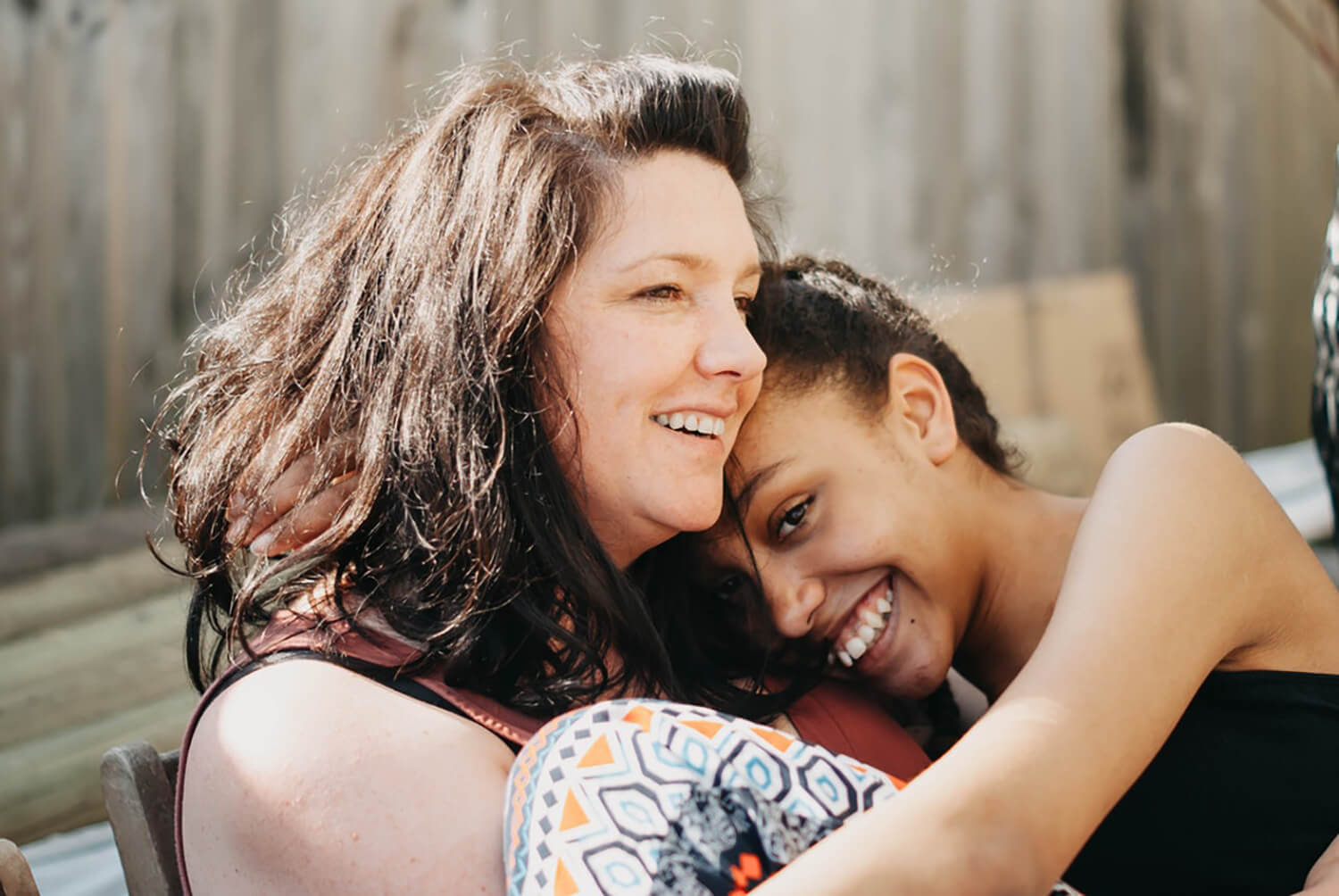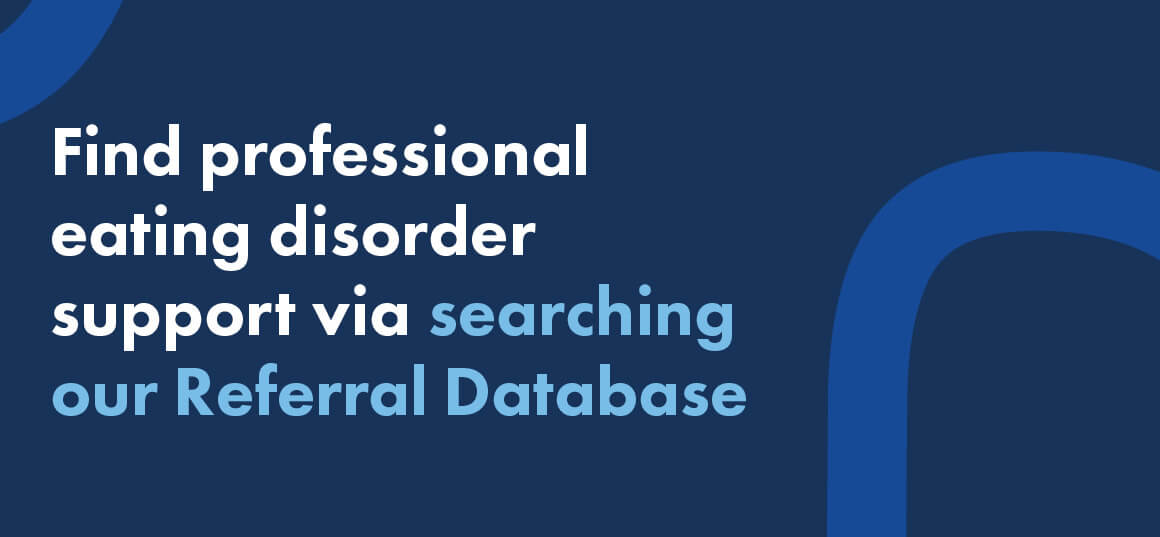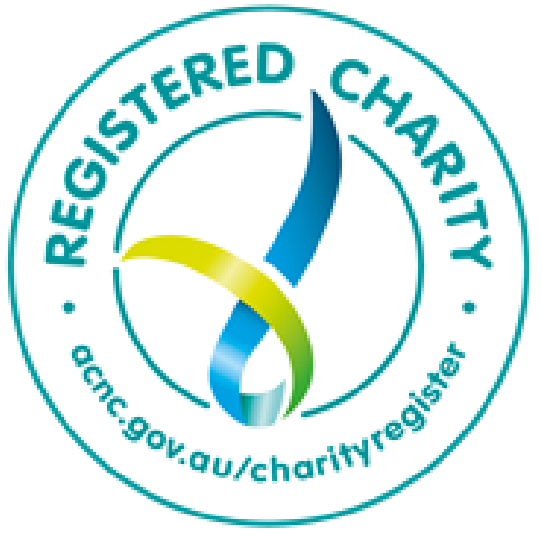Anorexia Nervosa
Anorexia is a serious, potentially life threatening mental illness.
A person with Anorexia Nervosa has not made a ‘lifestyle choice’, they are actually very unwell and need help.
The reasons behind the development of Anorexia will differ from person to person; known causes include genetic predisposition and a combination of environmental, social and cultural factors.
For some people, restricting their food and weight can be a way of controlling areas of life that feel out of their control and their body image can come to define their entire sense of self worth. It can also be a way of expressing emotions that may feel too complex or frightening such as pain, stress or anxiety.
Restrictive dieting and excessive exercise can be contributing factors to the onset of Anorexia. Women and girls with Anorexia may use dieting behaviour in a bid to achieve a culturally constructed thin ideal whereas men may over exercise and control their diet to achieve a muscular body. Trans and gender diverse people also experience unique risk factors that make them vulnerable to eating disorders and body image concerns. For more information, please head to our page on LGBTQIA+ people, eating disorders and body image.
Click here for a fact sheet on Anorexia Nervosa and for a full range of fact sheets visit our Resources page.
Restricted energy intake
A person with Anorexia is unable to maintain what is considered to be a normal and healthy weight. They could also have lost a considerable amount of weight in a short period of time.
A fear of gaining weight
Even when people with Anorexia are underweight, starved or malnourished they still possess an intense fear of gaining weight or becoming overweight.
Disturbed body image
When someone has Anorexia the amount of attention they place on their body image can be enormous. The person’s self worth can become entirely defined by the way they think they look. A person with Anorexia can also develop a distorted view of their body. They may see themselves as overweight when in reality they are dangerously underweight. Frequently there is a preoccupation with certain body parts, particularly the abdomen, buttocks and thighs.
There are two subtypes of Anorexia, and both are very serious mental illnesses that require treatment.
Restricting Subtype
People with this subtype place severe restrictions on the amount and type of food they consume. This can manifest in different ways including some or all of the following:
- Restricting certain food groups (e.g. carbohydrates, fats)
- Counting calories
- Skipping meals
- Obsessive rules and rigid thinking (e.g. only eating food that is one colour)
- These restrictive behaviours around food can be accompanied by excessive exercise.
Binge Eating/Purging Subtype
People with this subtype also place severe restriction on the amount and type of food they consume. In addition to this the person will display purging behaviour and may also engage in binge eating. Binge eating involves eating a large amount of food and feeling a ‘loss of control’. Purging behaviour involves self induced vomiting, or deliberately misusing laxatives, diuretics or enemas to compensate for eating food.
Having awareness about Anorexia and its signs and symptoms can make a huge difference to the duration and severity of the illness. Seeking help at the first warning sign is much more effective than waiting until the illness is in full swing. If you or someone you know is exhibiting some or a combination of these signs it is vital to seek help and support as soon as possible.
Someone with Anorexia may display any combination of the following warning signs.
Physical Signs
- Rapid weight loss or frequent weight changes
- Loss or disturbance of menstruation
- Decreased libido
- Fainting or dizziness
- Feeling cold most of the time, even in warm weather (caused by poor circulation)
- Feeling bloated, constipated, or developing intolerances to food
- Feeling tired and not sleeping well
- Lethargy and low energy
- Facial changes (e.g. looking pale, sunken eyes)
- Fine hair appearing on face and body
Psychological Signs
- Preoccupation with eating, food, body shape and weight
- Feeling anxious and/or irritable around meal times
- Intense fear of gaining weight
- Unable to maintain a normal body weight for their age and height
- Depression and anxiety
- Reduced capacity for thinking and increased difficulty concentrating
- ‘Black and white’ thinking (e.g. rigid thoughts about food being ‘good’ or ‘bad’)
- Having a distorted body image (e.g. seeing themselves as overweight when they are actually underweight)
- Low self esteem and perfectionism
- Increased sensitivity to comments relating to food, weight, body shape, exercise
- Extreme body image dissatisfaction
Behavioural Signs
- Dieting behaviour (e.g. fasting, counting calories/kilojoules, avoiding food groups such as fats and carbohydrates)
- Deliberate misuse of laxatives, appetite suppressants, enemas and diuretics
- Repetitive or obsessive behaviours relating to body shape and weight (e.g. repeated weighing, looking in the mirror obsessively and pinching waist or wrists)
- Evidence of binge eating (e.g. disappearance or hoarding of food)
- Eating in private and avoiding meals with other people
- Anti-social behaviour (spending more and more time alone)
- Secrecy around eating (e.g. saying they have eaten when they haven’t, hiding uneaten food)
- Compulsive or excessive exercising (e.g. exercising in bad weather, continuing to exercise when sick or injured, and experiencing distress if exercise is not possible)
- Radical changes in food preferences (e.g. suddenly disliking food they have always enjoyed in the past, reporting of food allergies or intolerances, becoming vegetarian)
- Obsessive rituals around food preparation and eating (e.g. eating very slowly, cutting food into very small pieces, insisting that meals are served at exactly the same time everyday)
- Preoccupation with preparing food for others, recipes and nutrition
- Self harm, substance abuse or suicide attempts
The risks associated with Anorexia are severe and can be life threatening. They include:
- Anaemia (iron deficiency)
- Compromised immune system (e.g. getting sick more often)
- Intestinal problems (e.g. abdominal pain, constipation, diarrhoea)
- Loss or disturbance of menstruation
- Increased risk of infertility
- Kidney failure
- Osteoporosis– a condition that leads to bones becoming fragile and easily fractured
- Heart problems (e.g. cardiac abnormalities, sudden cardiac arrest)
- Death
Psychological treatment has been clinically proven to reduce the severity, impact and duration of Anorexia Nervosa. The long-term aims of psychological treatment for Anorexia Nervosa are to reduce risk and to encourage weight gain, normal eating and exercise behaviours, with full psychological and physical recovery as the ultimate goal.
Ideally, the treatment of people with Anorexia Nervosa are managed on an outpatient basis, with psychological treatment and physical monitoring provided by healthcare professionals, who will possess specialised knowledge in eating disorders.
Psychological Treatments
- Behavioural therapy
- Cognitive analytical therapy
- Cognitive behavioural therapy
- Ego-oriented therapy-adolescent focused individual therapy (for children and adolescents)
- Focal psychodynamic therapy
- Family interventions focused explicitly on eating disorders
- Maudsley family-based treatment (for children and adolescents)
- Interpersonal psychotherapy
- Specialist supportive clinical management
Other treatments
Antidepressants (specifically selective serotonin re-uptake inhibitors; e.g. SSRI) or antipsychotics can also be used to treat Anorexia Nervosa.
Please note: Medication should not be used as the sole or primary treatment for Anorexia Nervosa; rather, it should be used in conjunction with therapy appropriate for the treatment of Anorexia Nervosa.
Recovery from Anorexia Nervosa is possible
It is possible to recover from Anorexia, even if you have been living with the illness for many years. The path to recovery can be long and challenging, however with the right team supporting you and a high level of commitment, recovery is achievable. Treatment for Anorexia is available; seek help from a professional with specialised knowledge in eating disorders
Getting help
If you suspect that you or someone you know has Anorexia, it is important to seek help immediately. The earlier you seek help the closer you are to recovery. While your GP may not be a specialist in eating disorders, they are a good ‘first base’ and can refer you to a practitioner with specialised knowledge in health, nutrition and eating disorders.
For support, information, access to resources or referrals, you can also contact Butterfly’s National Helpline on 1800 33 4673 (8am-midnight, AEST, 7 days a week), email support@butterfly.org.au, or use our Helpline chat.



















